California is home to some of the world’s oldest and most awe-inspiring trees. From the towering redwoods of the coast to the ancient bristlecone pines of the high desert, they have stood the test of time, some living for thousands of years. They serve as living monuments to resilience, survival, and the beauty of nature. In this article, we’ll explore some of California’s oldest trees, highlighting their age, location, and unique characteristics that make them so remarkable.
The General Sherman Tree (Sequoia National Park)
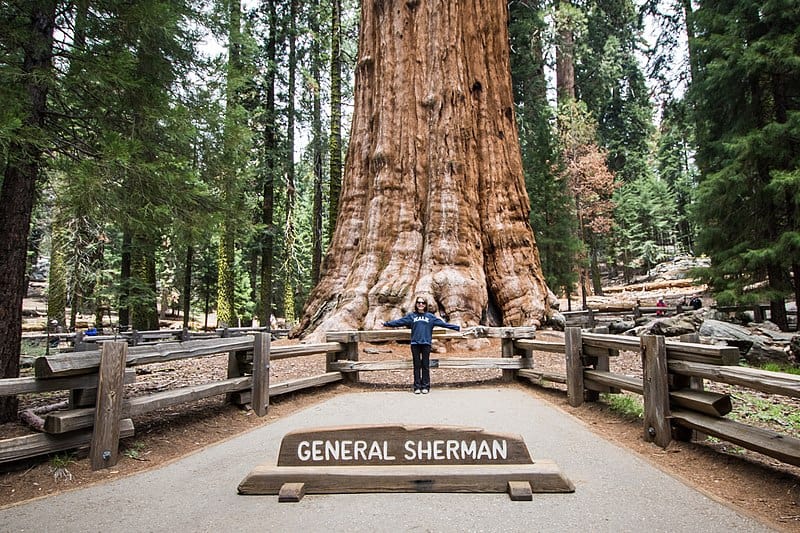
The General Sherman Tree, a giant sequoia (Sequoiadendron giganteum), is the largest known living tree on Earth by volume, standing at an impressive 275 feet tall and estimated to be around 2,200 years old. Located in Sequoia National Park in California, this massive tree has become one of the most iconic natural landmarks in the world. While not the oldest one in the state, its size and age make it an extraordinary example of the sequoia species, which are famous for their longevity and grandeur. It continues to grow in both height and girth, with its trunk diameter at the base measuring over 36 feet. Its immense size is a testament to the favorable growing conditions in the Sierra Nevada Mountains, where it has withstood centuries of environmental changes. Its age is estimated by counting the growth rings found in core samples, a method that has confirmed its status as a living fossil. Visitors are often awed by its sheer scale, and it remains a key attraction in Sequoia National Park. Despite its enormous size, it faces challenges from climate change, which could potentially affect its future growth and survival. However, for now, it remains a symbol of enduring strength.
The Ancient Tree (Big Basin Redwoods State Park)
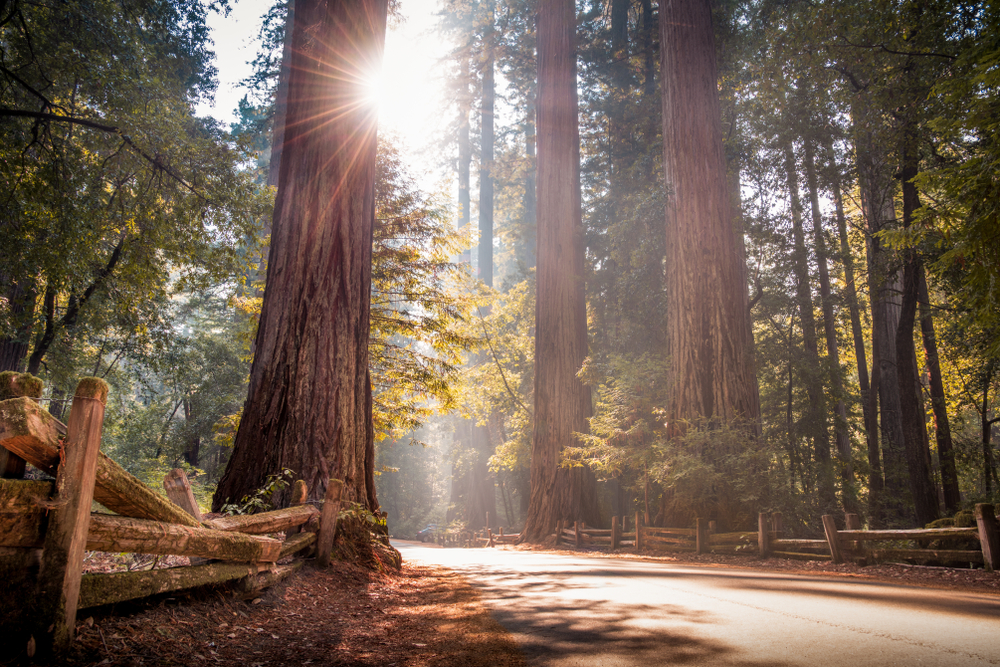
This ancient coast redwood (Sequoia sempervirens) located in Big Basin Redwoods State Park is believed to be over 2,500 years old. As one of the oldest redwoods in California, it has weathered centuries of environmental changes, including logging, fire, and climatic shifts. It stands within a grove of towering redwoods, many of which also date back thousands of years, showcasing the immense size and longevity of these trees. The specific identity of the Ancient Tree is sometimes debated, but it is often considered the oldest surviving coast redwood in the park. While the exact age is unknown, its massive girth and weathered appearance suggest it has been standing for millennia. Like other coast redwoods, it thrives in the moist, fog-laden environment that characterizes much of California’s coast. Redwoods like this continue to be vital carbon sinks and provide habitats for countless species. Its survival through numerous wildfires has helped scientists understand the redwoods’ natural resilience to fire. Big Basin’s ecosystem depends on the health of trees like this to maintain the balance of its biodiverse habitat.
The Tree in the Grove of Titans (Jedediah Smith Redwoods State Park)
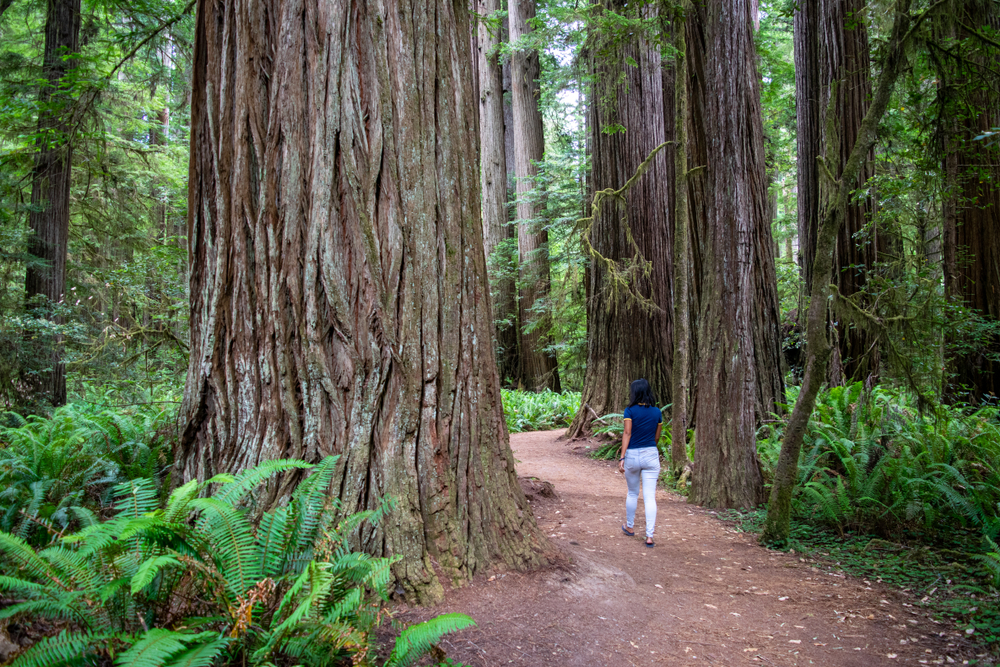
The tree located in the Grove of Titans, a secluded area within Jedediah Smith Redwoods State Park, is a towering coast redwood (Sequoia sempervirens) estimated to be about 2,500 years old. This specific tree is part of a grove containing some of the largest and oldest coastal redwoods in the world. While its location is kept secret to preserve it from excessive visitation, it stands among others that are similarly ancient. Coast redwoods are known for their remarkable height and longevity, with some specimens reaching heights over 350 feet and living for thousands of years. The tree in question is a living giant, still thriving despite its age. The redwood forest environment, with its rich, fog-laden air, provides an ideal setting for these trees to flourish, offering plenty of moisture and nutrients. It’s also home to an array of rare flora and fauna, making it a unique ecological hotspot. Despite its age, the tree in the Grove of Titans continues to grow, though at a much slower rate than it did in its youth. Its towering presence makes it an important symbol of the resilience of the redwood species.
The Oldest Sequoia in Calaveras Big Trees State Park
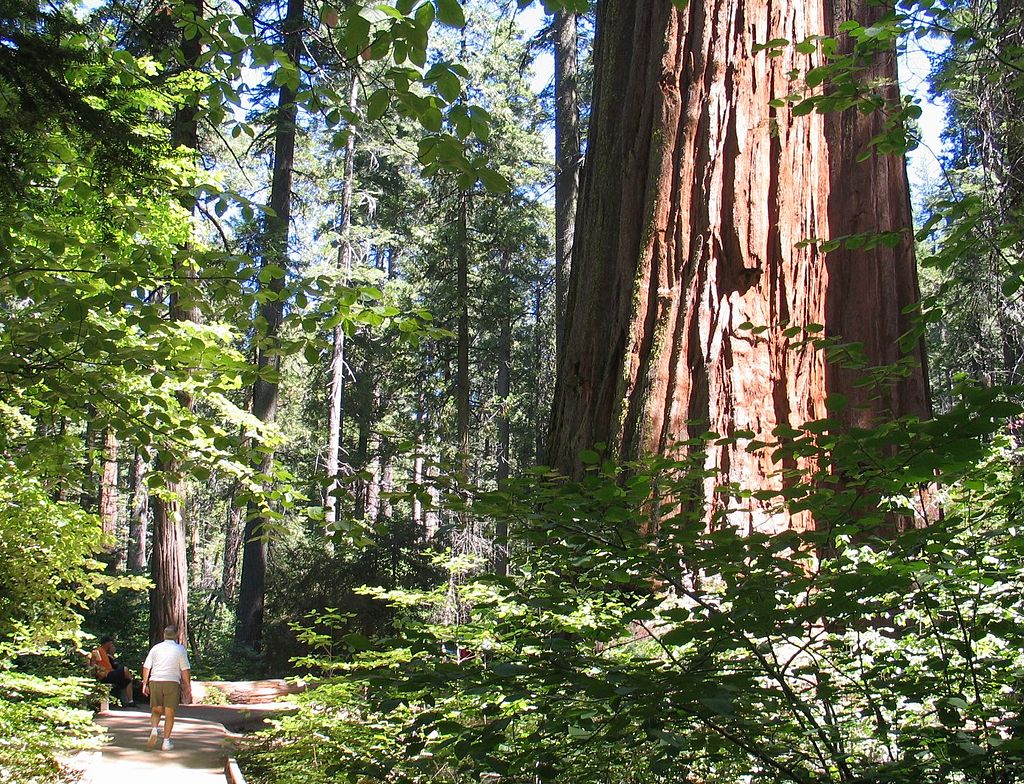
The Calaveras Big Trees State Park is home to many ancient sequoias (Sequoiadendron giganteum), with one of the oldest trees in the park estimated to be around 3,000 years old. This particular sequoia has survived numerous natural disasters, including fires and earthquakes, and has grown to an imposing size over the centuries. It is part of a grove of sequoias that was established as a state park to protect these ancient giants. Its age was determined through core sampling and estimation, with its size and characteristics aligning with the 3,000-year-old estimate. It is a favorite of visitors, who marvel at its immense size and beauty, and the tree remains a symbol of the park’s natural heritage. With its thick, fire-resistant bark, it is well adapted to survive in an environment prone to forest fires. Over the years, it has become a focal point for scientific research on sequoia ecology and conservation. Despite the challenges posed by climate change, it continues to thrive, offering hope for the future of the species. Its enduring presence in the park underscores the need for continued conservation efforts.
The Adam Tree (Sierra Nevada)
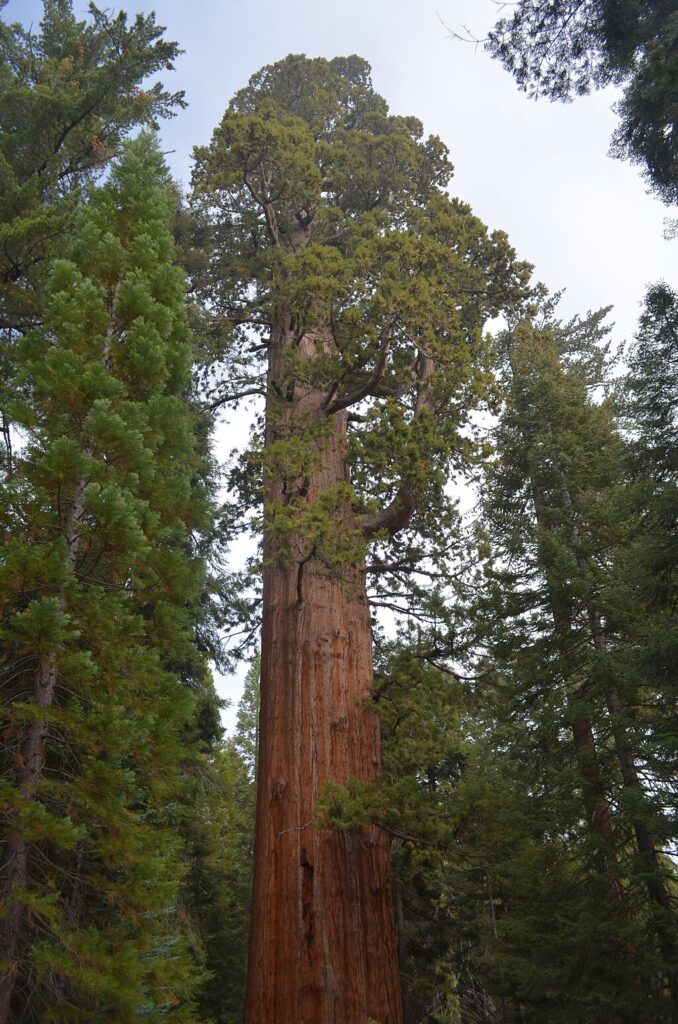
Located in the Sierra Nevada, the Adam tree is a massive sugar pine (Pinus lambertiana) thought to be between 3,000 and 3,500 years old. Sugar pines are renowned for their height and their ability to live for millennia under optimal conditions. This particular tree, named after its sheer size, has been a fixture of the region for centuries. With a height approaching 200 feet, it towers over the surrounding forest, and its age is estimated based on its growth rings. Its large canopy provides vital habitat for various wildlife species, and its long history highlights the resilience of conifer trees in mountainous areas. Although it is no longer growing at the same rate it did in its youth, it remains a central piece of the Sierra Nevada’s biodiversity. Ongoing conservation efforts in the region ensure that these old-growth trees continue to thrive. It is a living example of how sugar pines are integral to their ecosystems, providing food and shelter for numerous animals. Its age and towering presence continue to make it an important part of forest studies in the Sierra Nevada.
The Old Survivor (Kings Canyon National Park)
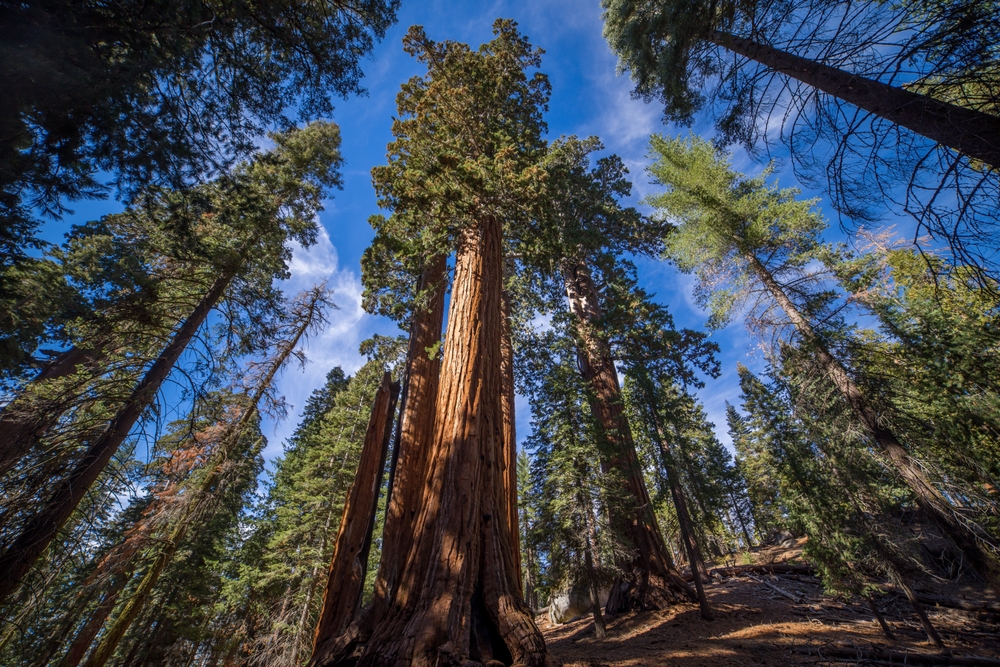
The Old Survivor, another giant sequoia (Sequoiadendron giganteum), is estimated to be between 3,200 and 3,500 years old. Located in Kings Canyon National Park, it is one of the oldest known specimens of sequoia in California. Its name is a reflection of its ability to thrive despite the harsh conditions it has faced throughout its life, including wildfires, droughts, and pests. It stands out for its sheer resilience, with a thick, fire-resistant bark that has helped protect it from devastating wildfires over the centuries. Its age is difficult to pinpoint precisely, but scientists estimate its longevity based on core samples and other measurements. Although it is located in a remote part of the park, it remains one of the park’s most significant natural landmarks. Visitors who venture to see it often describe it as an awe-inspiring example of the sequoia’s ability to survive and grow over thousands of years. It also serves as an important ecological indicator for scientists studying forest health and climate change. Its continued existence highlights the adaptability of the sequoia species to a rapidly changing environment.
The Ancient Bristlecone Pine (Inyo National Forest)
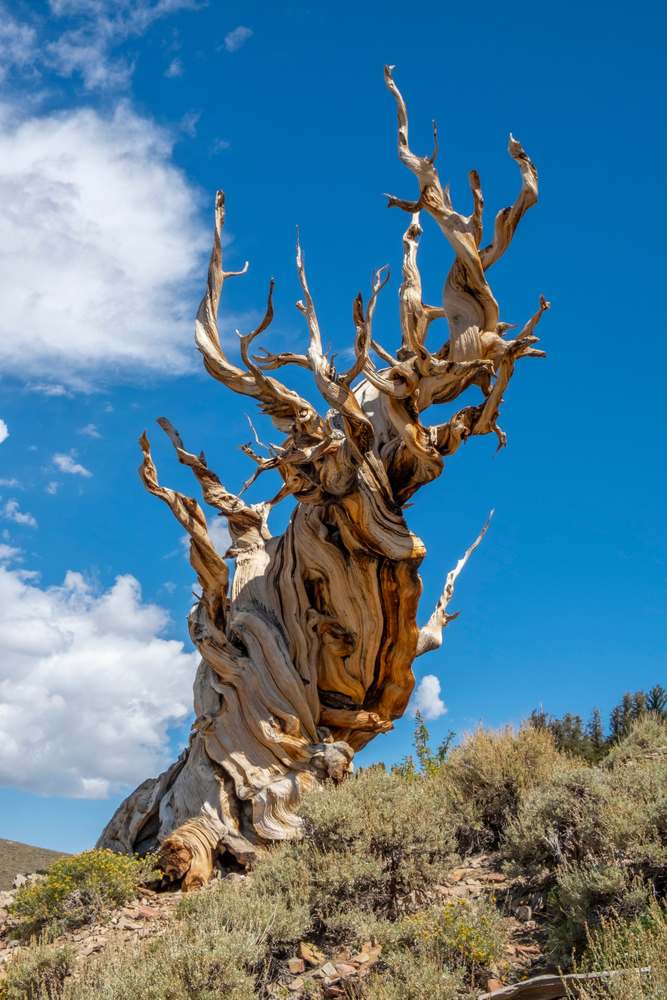
An ancient bristlecone pine (Pinus longaeva) in Inyo National Forest, estimated to be over 4,000 years old, is among the oldest known trees in California. This particular tree, one of many in the region, has withstood extreme temperatures, high winds, and limited rainfall in the White Mountains. They are famous for their ability to survive in some of the harshest conditions on Earth, growing slowly and often in isolated areas where few other species can thrive. Its gnarled, weather-beaten appearance is the result of centuries of growth in a challenging environment. They are important to scientists because their age and slow growth offer valuable insights into climate history. This particular one is still alive, though it is vulnerable to environmental stressors such as drought and pests. Its ability to survive for over 4,000 years is a testament to the species’ resilience and its adaptations to a harsh, unforgiving environment. In addition to its remarkable age, it is an important symbol of the durability of life in extreme conditions. Its continued survival in a rapidly changing climate makes it an invaluable resource for ongoing research.
Prometheus (Wheeler Peak)
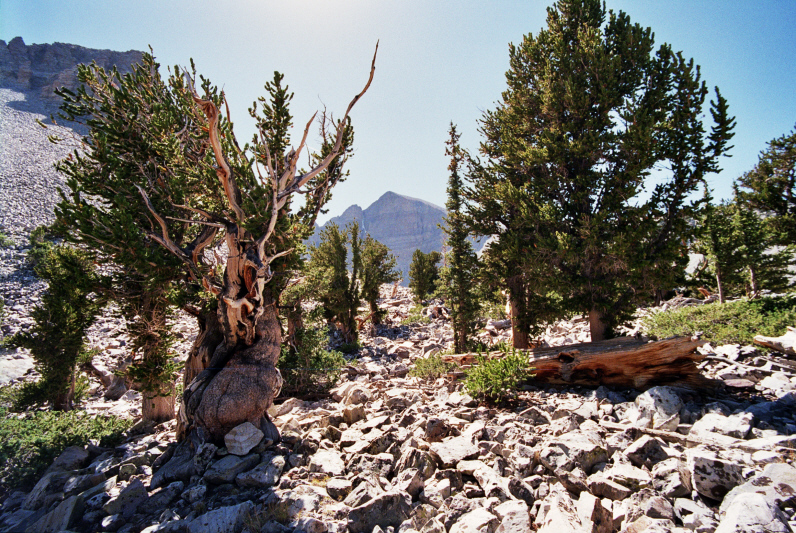
Prometheus, another bristlecone pine (Pinus longaeva), was once considered the world’s oldest tree before its felling in 1964. This tree, located near Wheeler Peak in Nevada, was estimated to be around 4,900 years old before its tragic demise. Researchers, led by Dr. Donald R. Currey, inadvertently cut it down while studying its age using tree-ring dating. This action led to considerable debate regarding the ethics of studying ancient trees. Despite its destruction, scientists were able to learn a great deal about its growth patterns, including insights into how environmental conditions affected the region over millennia. Its fall highlighted the need for careful conservation and the importance of respecting the natural history of these ancient organisms. Although it no longer stands, its legacy as one of the oldest living beings on the planet endures. It remains a poignant example of the balance between scientific curiosity and environmental preservation. Its discovery changed the way scientists approach the study of ancient trees and their ecosystems.
Methuselah (White Mountains)
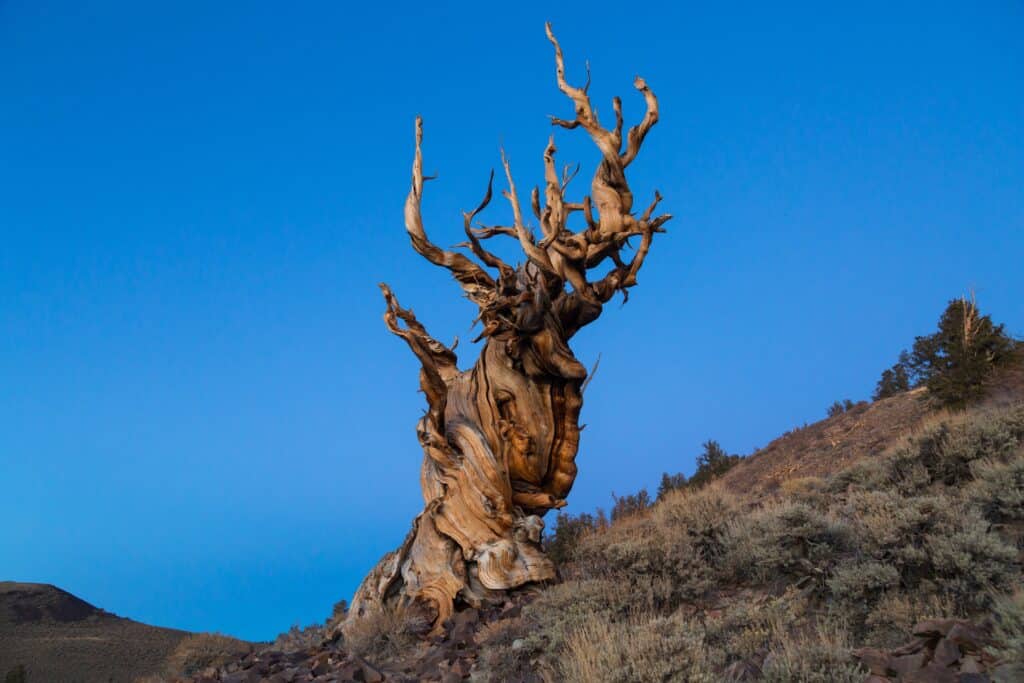
Methuselah, a bristlecone pine (Pinus longaeva), holds the title of being one of the oldest known living trees on Earth, currently estimated to be over 4,800 years old. Located in the White Mountains of California, it is part of the Ancient Bristlecone Pine Forest in Inyo National Forest. Its exact location is kept secret to protect the tree from potential damage by visitors. Its longevity is due in part to the harsh, arid climate of the region, which slows its growth and helps it resist pests and diseases. Bristlecone pines are known for their remarkable ability to survive in extreme conditions, including high winds, drought, and poor soil. Though no longer the world’s oldest known tree (a fellow bristlecone pine was found to be even older), It remains a symbol of endurance and resilience. Scientists continue to study it and other bristlecones to better understand tree longevity and the effects of climate on growth patterns. Additionally, it has a unique twist in its branches and trunk, a feature that helps protect it from the extreme weather conditions in the high-altitude desert environment. Its slow growth contributes to its ability to withstand harsh weather conditions while maintaining its strength.
This article originally appeared on Rarest.org.
More from Rarest.org
19 Most Elusive Classic Motorcycles Ever Made

Classic motorcycles have an undeniable allure, and some of them remain the ultimate trophies for collectors. Their scarcity, groundbreaking engineering, and cultural significance make them highly sought after. Read More.
14 Enigmatic Islands with Unexplained Features
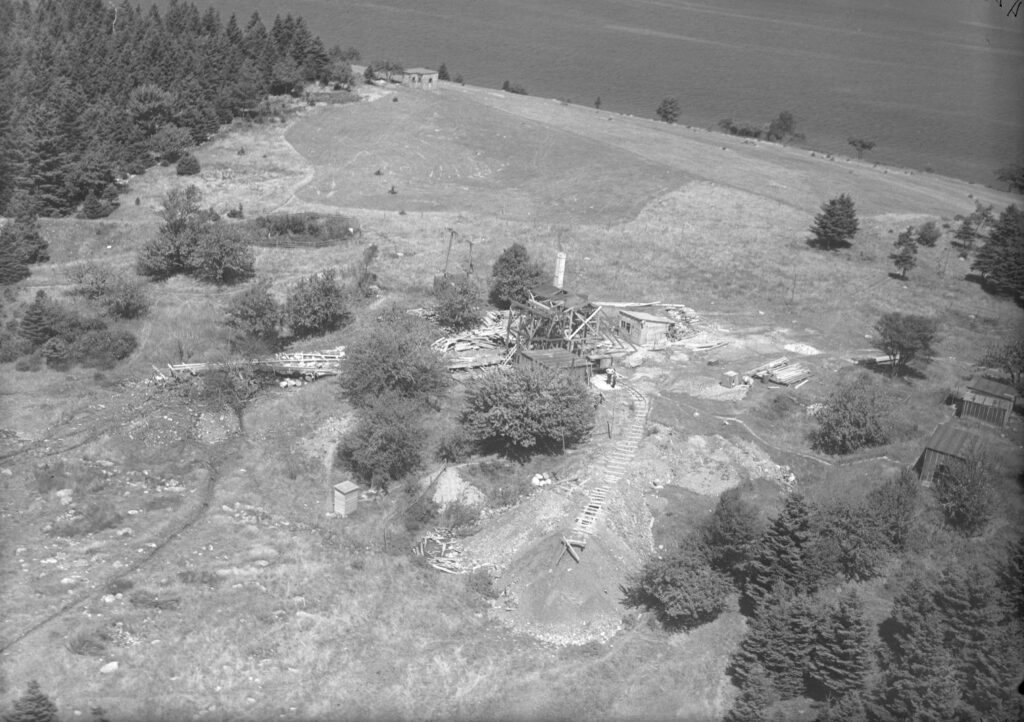
Islands hold an air of mystery, often shrouded in legends and unexplained phenomena. Some islands, however, go beyond typical intrigue, puzzling explorers and scientists alike. These enigmatic landforms have baffled visitors with strange artifacts, ancient ruins, and unexplained features that defy logical explanation. Read More.
14 Rare Gemstones Found Only in Specific Regions
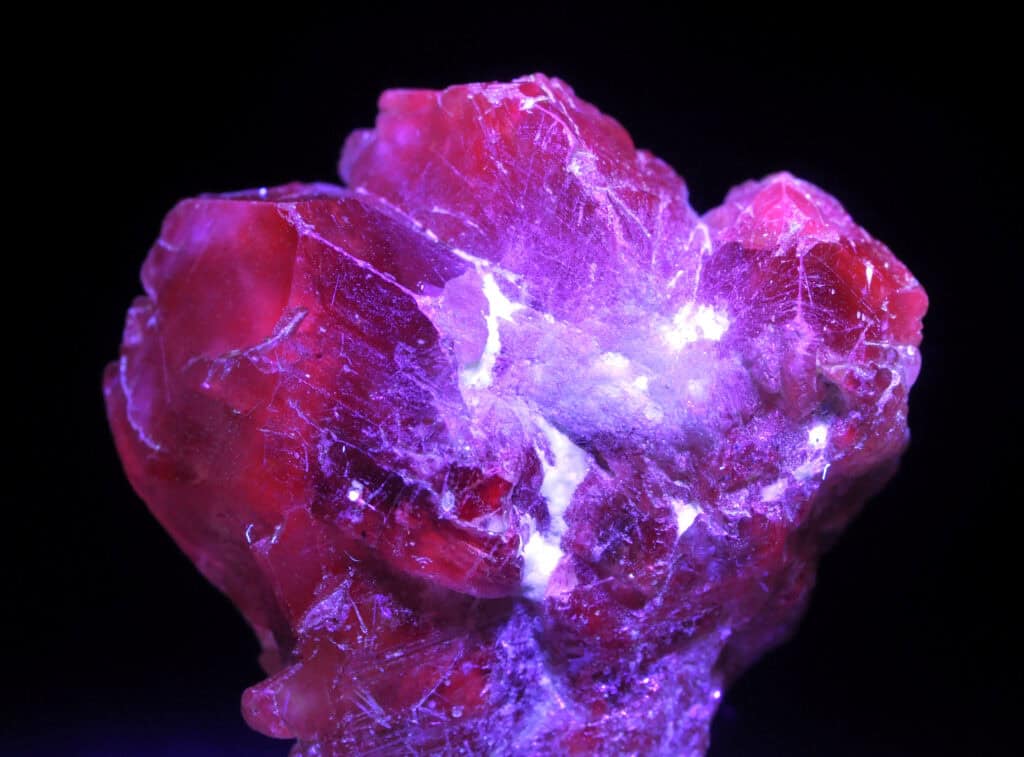
Rare gemstones hold a special allure, not just for their beauty but for their scarcity. Found only in specific regions around the world, these stones are prized by collectors and jewelers alike. The combination of unique geological conditions and limited supply makes each of these gems both valuable and captivating. Read More.
